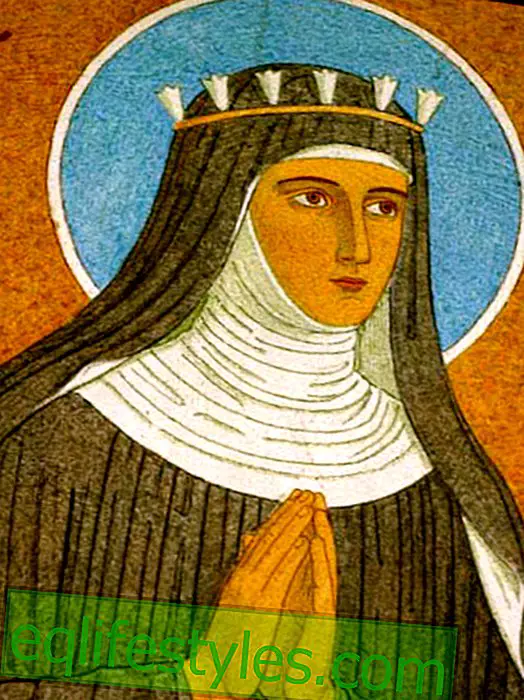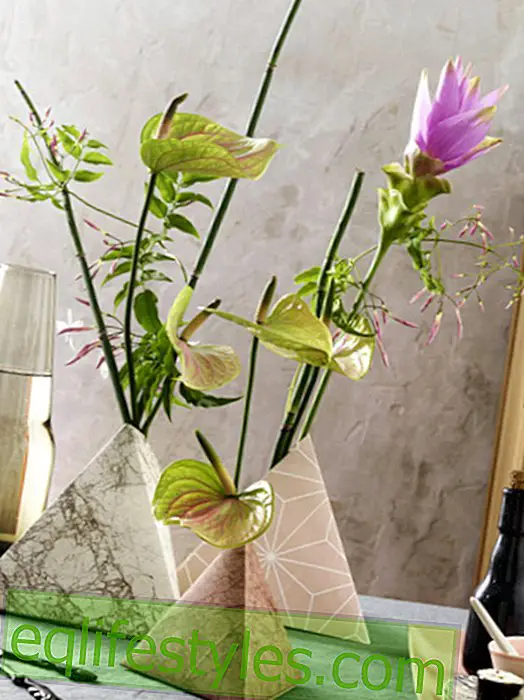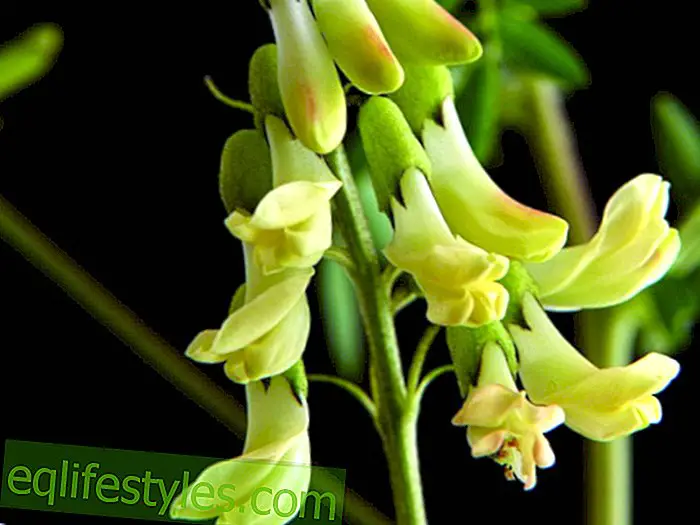
Photo: Imago / ARCO IMAGES
Monastic medicine is more relevant today than ever
Monasteries were not just a place of religious contemplation and contemplation for the people of the Middle Ages. Mostly they were the only hope for medical care. Because behind the monastery walls, the ancient medical knowledge of the ancient Greeks, Romans and Arabs was preserved.
Today this monastery medicine is being rediscovered. Despite modern medicine, alternative and gentle natural healing methods are in high demand. For example, the University of Würzburg has founded a research group monastery medicine . The scientists want to promote basic research on medically active plant substances.
In this work they can not ignore a woman: Hildegard von Bingen. Only recently has the Pope honored the 12th century nun with one of the greatest honors of the Catholic Church. He elevated you to the rank of a "church teacher."
But in addition to its importance for the faith Hildegard von Bingen has also made great things for medicine. She brought together the knowledge of her time about the development and treatment of diseases. Hildegard von Bingen listed as one of the first rules for what we today call "holistic medicine".
In the treatment of diseases, she focused on balanced nutrition, the effect of medicinal plants and on cupping, fasting and sweating baths. We still find much of it today - or in the meantime - in medicine.
Thus Hildegard von Bingen described Dinkel as "the best grain", he makes "joyful and joyful in the mind of man". Although the nun could not know anything about vitamins and proteins, her nutrition experts agree today: spelled is the best grain.
It contains most of the vitamins and proteins, its fiber is long-lasting and regulates digestion. And the minerals in the grains help build healthy nerve and brain cells. Good that today in every health food store and well stocked supermarket there are bread, pasta, biscuits and cereals with spelled. Give it a try.
Hildegard von Bingen left a lot more to us. Her description of medicinal plants today is the basis of many medicines and remedies. About the melissa, for example, the nun said that she carries the power of 15 herbs and makes her heart happy. To date, Melissengeist (eg by Klosterfrau) is a proven remedy for colds, difficulty falling asleep and nervous gastrointestinal complaints or cardiovascular weakness.
Externally, he is often used in muscle tension. The medieval expert also recognized early on the vitalizing effect of herbal bitter substances. Today this knowledge is used to stimulate digestion with artichokes or thistle extracts, for example. Appropriate funds are available in the pharmacy.
There is still much to be rediscovered from Hildegard von Bingen's treasure of monastic medicine: the root related to ginger galangal, for example, or the plant Ysop from southern Europe. They, too, were on the medicine list of the healing nun.









